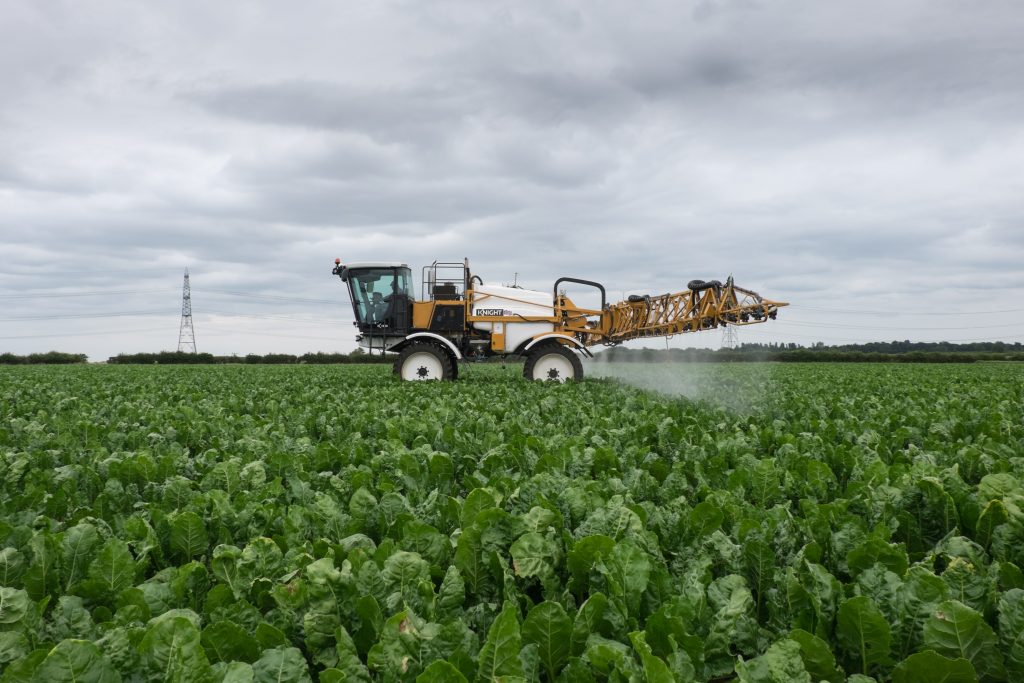Tailored nutrition key for backward beet
26th June 2017
Sugar beet may benefit more than usual from additional micronutrients this season following an excessively dry establishment period that has left many crops in the region stressed. This is the
Sugar beet may benefit more than usual from additional micronutrients this season following an excessively dry establishment period that has left many crops in the region stressed.
This is the advice from ProCam agronomist for north Cambridgeshire and Norfolk Ian Jackson, who says tailored foliar nutritional applications into the summer months should pay dividends in many cases by helping to bring backward crops back to full health.
“During the dry period plants will have struggled to draw up soil nutrients, creating the risk of deficiency,” he says. “Rainfall has been welcome in May and early June and will now result in rapid growth, but this creates a challenge as rate of uptake from the soil may not be sufficient to match plant development. Applying essential nutrients as foliar treatments will reduce the risks of deficiencies and ensure crops develop the required green leaf area that is so important to future yield potential.”
Trace elements including boron, manganese, zinc and magnesium are most commonly a limiting factor for sugar beet, but Ian recommends a tailored approach to any nutrient programme to ensure investment is made where it is going to be most beneficial.
“There’s no substitute for looking at the crop and taking account of factors like previous cropping and soil type,” he says. “Ideally you want to be anticipating potential problems and taking preventative action rather than waiting until deficiency symptoms are visible. If you can see signs of deficiency, some damage has already been done.”
Nutrient programmes can be applied as part of herbicide applications, some of which may still be required. Where herbicide programmes are already complete, growers should consider stand-alone foliar nutrient applications or may even see benefits by applying micronutrients with their fungicides in July.
“We are changing the way we look at sugar beet, not least because we are now often seeing a longer growing season with crops continuing to put on tonnage as late as November and even December,” concludes Ian.
“This means we need to look after the plant for longer, to maintain that green leaf area and ensure we are maximising the potential. It’s possible to achieve 100 tonnes/ha from sugar beet, but only with the right attention to detail.”

